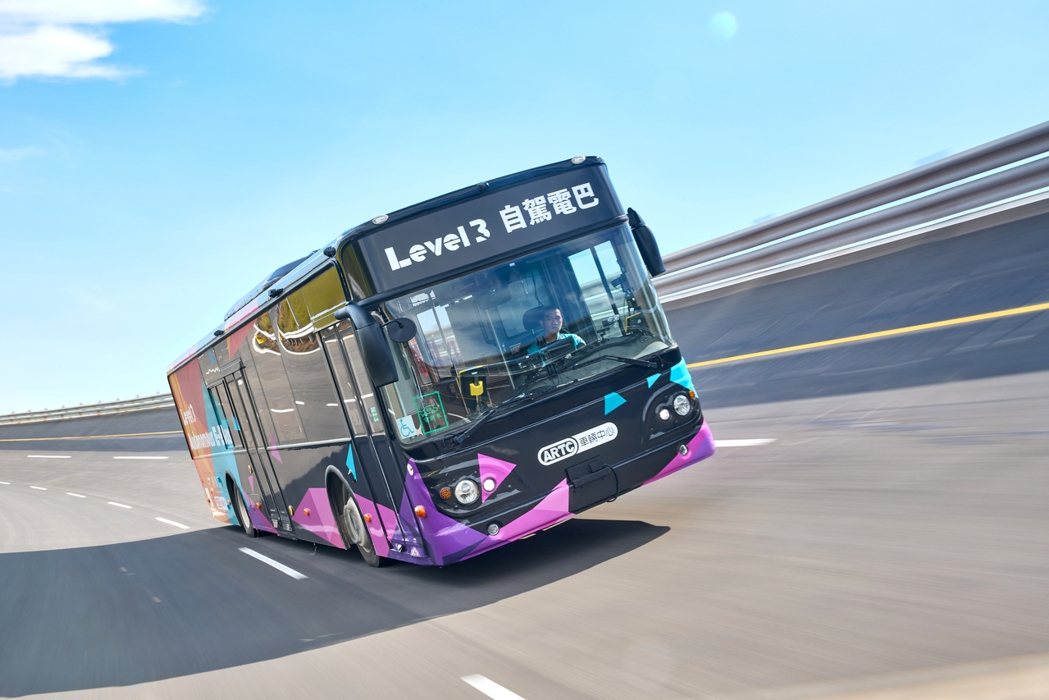ARTC Unveils Level3 Electric Autonomous Bus Bestowed With Edison Awards
2025/05/19 | By Ken LiuThe Taiwan government-backed Automotive Research & Testing Center (ARTC) has recently unveils a self-driving electric bus conforming to the United Nation Regulation No. 157 for Level 3 autonomous driving system, in partnership with the island’s automotive electronics supply chain and electric bus manufacturers and backed up by the Ministry of Economic Affairs’ Technology Development Program. 
The bus has won the 2025 edition of the Edison Awards, which were established in 1987 by the American Marketing Association to honor innovations in product and service development, marketing and human-centered design.
According to ARTC, the awards have not only proven Taiwan’s technical mighty in automated car development but also set solid basis for Taiwan’s automotive electronics supply chain to shoot for a share of the global intelligent-transportation market.
Currently the Society of Automotive Engineers (SAE) defines 6 levels of driving automation ranging from 0 (fully manual) to 5 (fully autonomous) for global self-driving vehicles. So far, Level 1 and Level 2 automations still account for the majority of the assistant-driving systems available onboard. Market surveyor Frost & Sullivan forecasts Level 3 system will go into most intelligent vehicles in 2030 to enable the vehicles to drive by itself without manual control until it fails to handle some unmanageable conditions that make it pull over automatically or hand the control over to human drivers. So far, the Level 3 electric bus system has drawn some local automakers and autonomous vehicle startups to develop vehicles around the system.
In the ARTC-led partnership, CubTEK, Arcadyan, Chimei Automotive, and oToBrite are responsible for the radar and camera systems; Elan for the driver monitoring system; Rotatech for the steering control module; and DFI for the communication and data recording equipment. ARTC itself develops the autonomous decision control software, and integrate all these components with its software to make an electric bus autonomous on the road and meet the UNR157 for Level 3.
When in self-driving mode, the Level 3 system’s onboard cameras installed with AI technology can determine whether or not the driver is staying awakening and can handle the car by detecting the driver’s physical characteristics, including eye blinking rate, vision direction, and head angle. The ARTC system can decide whether the driver is staying awakening or not from only two of the three driver physical characteristics detected in the last 30 seconds, better than its conventional cousins that can do nothing except for sending warnings when the driver is detected tired. The ARTC system will hand the steering wheel over to human driver when it is not able to handle some unmanageable situations. The control will return to the autonomous system again after these problems are ironed out. In case that the human driver feels sick and is not able to take over the steering wheel, the system will keep alarming and slow down the vehicle gradually or pull it over before the helps that it calls for come.
In the meantime, the center is taking more initiative to phase in data-security and software updating technologies that conform to the UNR155 and R156 standards for its self-driving system, not to mention teaming up with inspection lab TÜV SÜD to set up thorough data-security net for AI-based driving vehicles.

